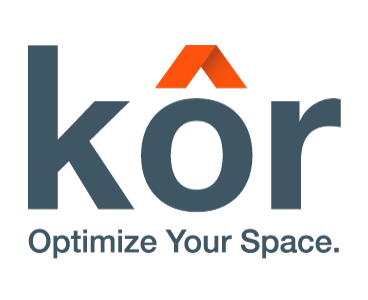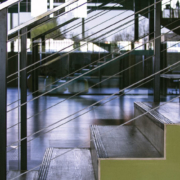The Top 10 Things Every Facility Manager Hates to Hear
Being a facilities manager is a little like being a kindergarten teacher. In my previous life as an educator, I was occasionally in kindergarten classrooms. It always felt like I was trying to keep 20 rubber ducks under water at the same time. As soon as one crisis was diverted another popped up. Attention spans were short, and there was always a minimum of 19 vying for attention at the same time with the loudest getting their needs met quicker than the most important. Sound familiar, facility managers?
Facility managers come from many walks of life. If you are lucky, you are part of a team who have different areas of expertise from HVAC, technology, design and maintenance. But, sometimes it’s just you. Some have gone to school in a related field, but often you have been designated as a good problem solver or are able to get things done.
I have heard crazy requests of facility managers that tend to be one-offs. (I’m talking to you, requesting your office chair match one of the swatches in your “color me beautiful” palette circa 1980 fashion trend). But there are others that are universal themes that FM’s hear daily.
I’m not saying you are working with a bunch of kindergartners and I’ll talk about some of these in future blogs, but for now, see how many you can relate.
The top 10 things every facility manager hates to hear…
- We need to lower our square foot per person
- I have a new employee starting tomorrow
- I need collaborative space
- Our engagement surveys say that our employees hate our furniture
- We need to spruce this space up so we can recruit new employees
- Have you seen what (insert company name here; google, FB) is doing in their building….Can we do that here?
- I can’t get the technology to work in the conference room (47 times a day)
- We are out of ice (147 times a day)
- Can’t you just make these panels taller
- It’s too cold (or hot) in here
I forgot to mention that in a kindergarten classroom someone usually cries if they don’t get to sit where they want. Here is hoping that your day doesn’t start out with that.





